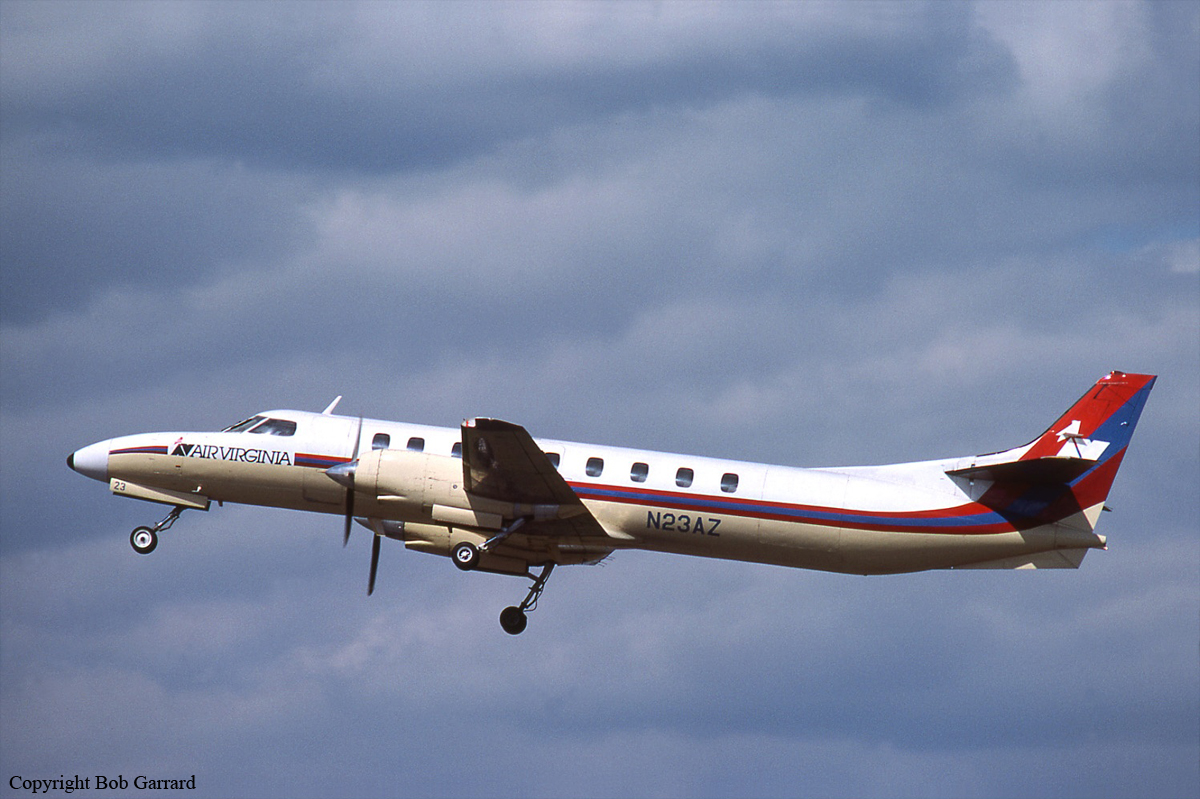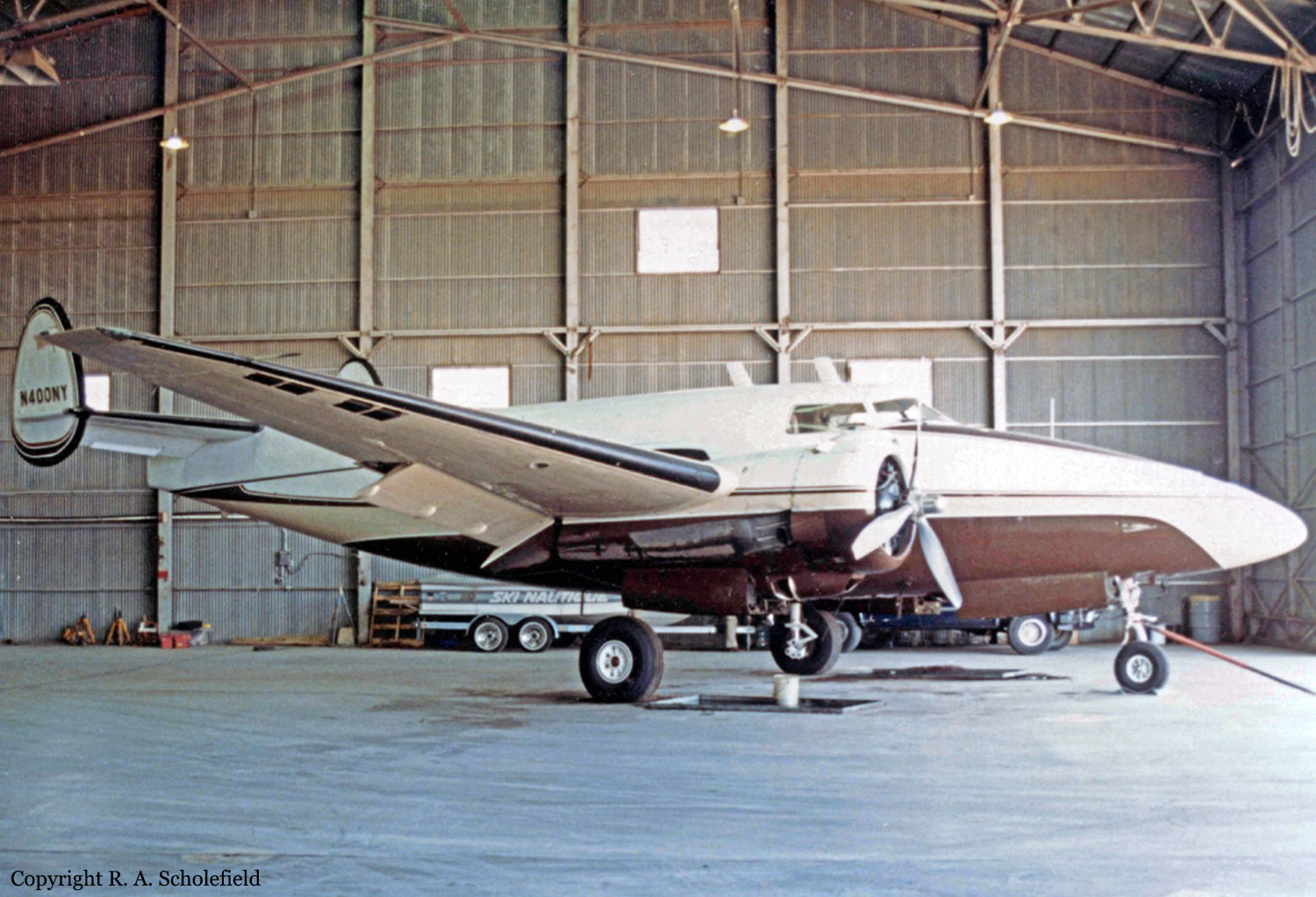Crash of a Piper PA-31-350 Navajo Chieftain off Molokai: 8 killed
Date & Time:
Dec 23, 1987 at 1853 LT
Registration:
N712AN
Survivors:
No
Schedule:
Honolulu – Molokai
MSN:
31-7652151
YOM:
1976
Flight number:
PV082
Crew on board:
1
Crew fatalities:
Pax on board:
7
Pax fatalities:
Other fatalities:
Total fatalities:
8
Captain / Total hours on type:
617.00
Aircraft flight hours:
6516
Circumstances:
The flight was to be flown across a 22 mile channel between islands on an overcast night with no moon and no ground reference lights. The aircraft disappeared from radar and, after extensive searches, could not be found. A three dimensional flight track was reconstructed using recorded radar data. The data indicated that in the last 60 seconds the aircraft slowed from 170 to 95 knots, gained 500 feet in altitude, and turned left 190° before abruptly disappearing from radar. Flight tests indicated that the movements of the aircraft in the last 60 seconds of the flight were consistent with a loss of the left engine, without compensation by the pilot. The operator's training program did not provide for night or instrument flight conditions. The last documented instrument time for the pilot was 15 months prior during a checkride. The pilot flew sporadic night flights. The pilot had previously flown during the day and was on his thirteenth hour of duty. The wreckage and all eight occupants were never found. However it is believed it crashed about 13 miles northwest of Maunaloa, on Molokai Island.
Probable cause:
Occurrence #1: loss of engine power
Phase of operation: cruise - normal
Findings
1. (f) 1 engine - undetermined
----------
Occurrence #2: loss of control - in flight
Phase of operation: cruise - normal
Findings
2. (f) light condition - dark night
3. (c) aircraft control - not maintained - pilot in command
4. (f) spatial disorientation - pilot in command
5. (c) airspeed (vmc) - not maintained - pilot in command
6. (f) fatigue (flight and ground schedule) - pilot in command
7. (f) lack of recent instrument time - pilot in command
8. (f) inadequate training - company/operator management
9. (c) stall/spin - inadvertent - pilot in command
----------
Occurrence #3: in flight collision with terrain/water
Phase of operation: descent - uncontrolled
Phase of operation: cruise - normal
Findings
1. (f) 1 engine - undetermined
----------
Occurrence #2: loss of control - in flight
Phase of operation: cruise - normal
Findings
2. (f) light condition - dark night
3. (c) aircraft control - not maintained - pilot in command
4. (f) spatial disorientation - pilot in command
5. (c) airspeed (vmc) - not maintained - pilot in command
6. (f) fatigue (flight and ground schedule) - pilot in command
7. (f) lack of recent instrument time - pilot in command
8. (f) inadequate training - company/operator management
9. (c) stall/spin - inadvertent - pilot in command
----------
Occurrence #3: in flight collision with terrain/water
Phase of operation: descent - uncontrolled
Final Report:









